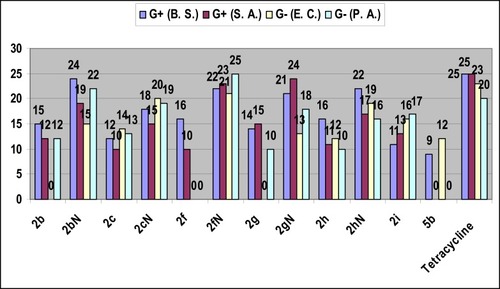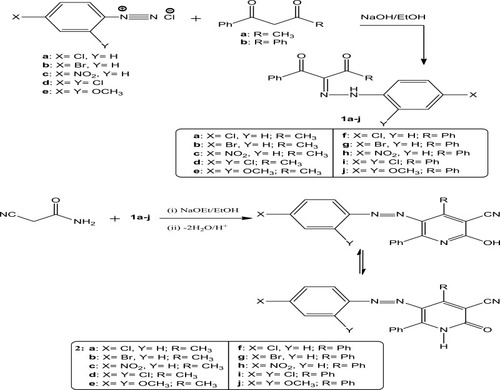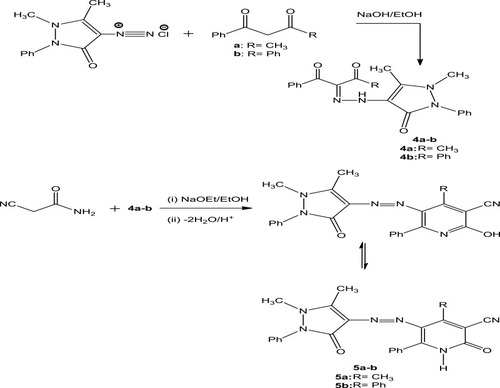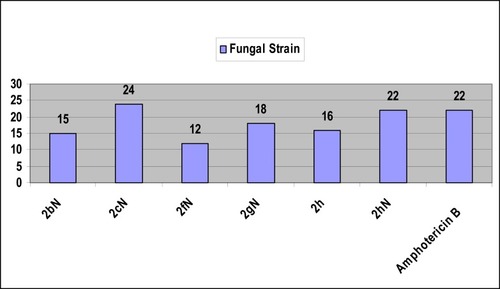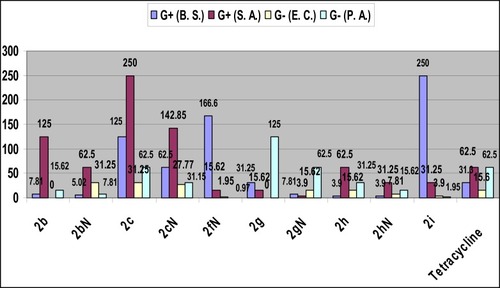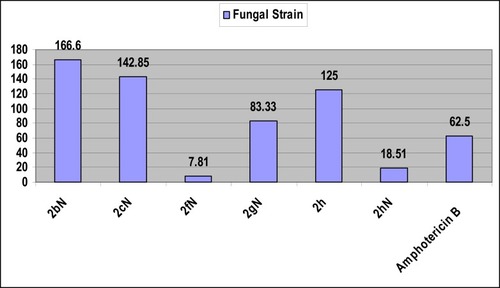Figures & data
Table 1 Fastness properties of azo disperse dyes on nylon 66
Table 2 In vitro antimicrobial activity of the newly synthesized compounds against bacterial and fungi species
Table 3 The minimal inhibitory concentrations (MIC) of the synthesized compounds against pathogenic bacteria and fungi
Figure 3 TEM image for selenium nanoparticles synthesized by using compound 2b at room temperature.
Abbreviation: TEM, transmission electron microscope.
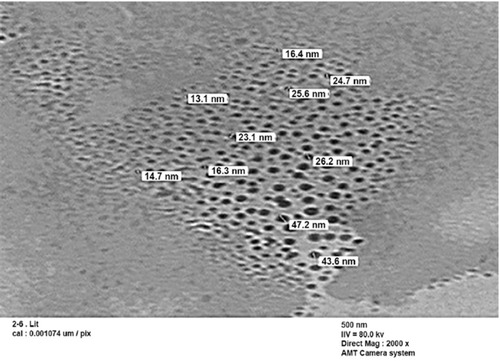
Figure 4 TEM image for selenium nanoparticles synthesized by using compound 2c at room temperature.
Abbreviation: TEM, transmission electron microscope.
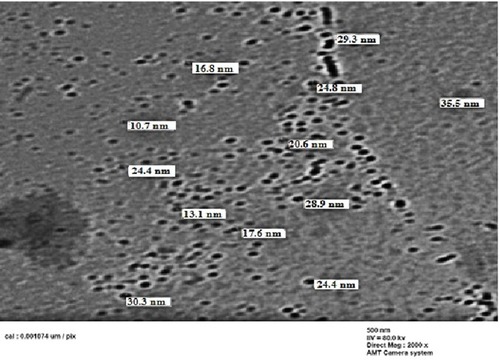
Figure 5 TEM image for selenium nanoparticles synthesized by using compound 2f at room temperature.
Abbreviation: TEM, transmission electron microscope.
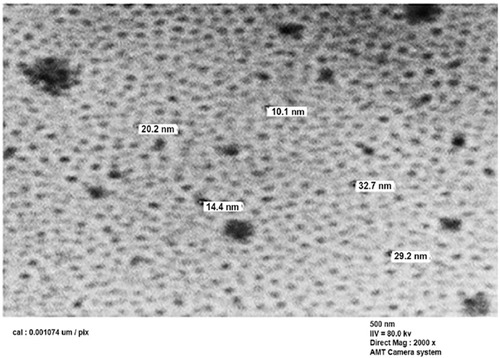
Figure 6 TEM image for selenium nanoparticles synthesized by using compound 2g at room temperature.
Abbreviation: TEM, transmission electron microscope.
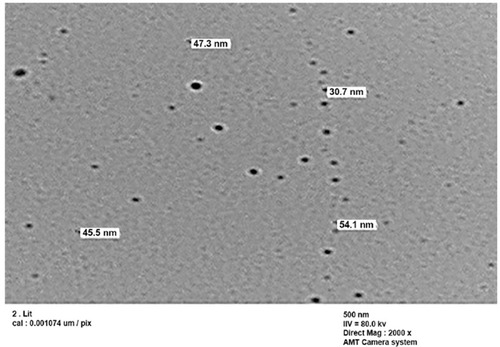
Figure 7 TEM image for selenium nanoparticles synthesized by using compound 2h at room temperature.
Abbreviation: TEM, transmission electron microscope.
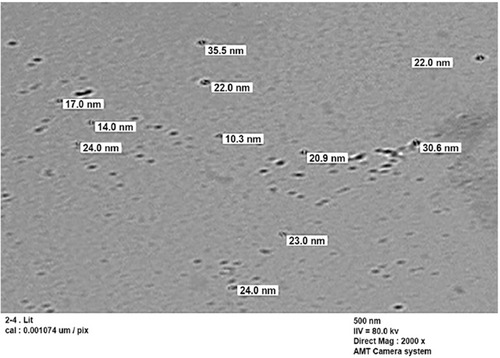
Figure 8 XRD pattern for the selenium nanoparticles synthesized by using compound (2b, 2c, 2f, 2g, and 2h) at room temperature.
Abbreviation: XRD, X-Ray diffraction.
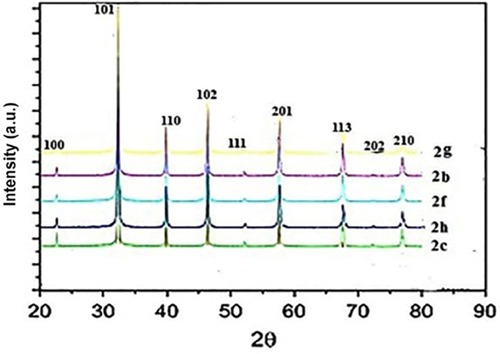
Figure 9 The most active synthesized compounds against Gram-positive and Gram-negative bacterial species.
